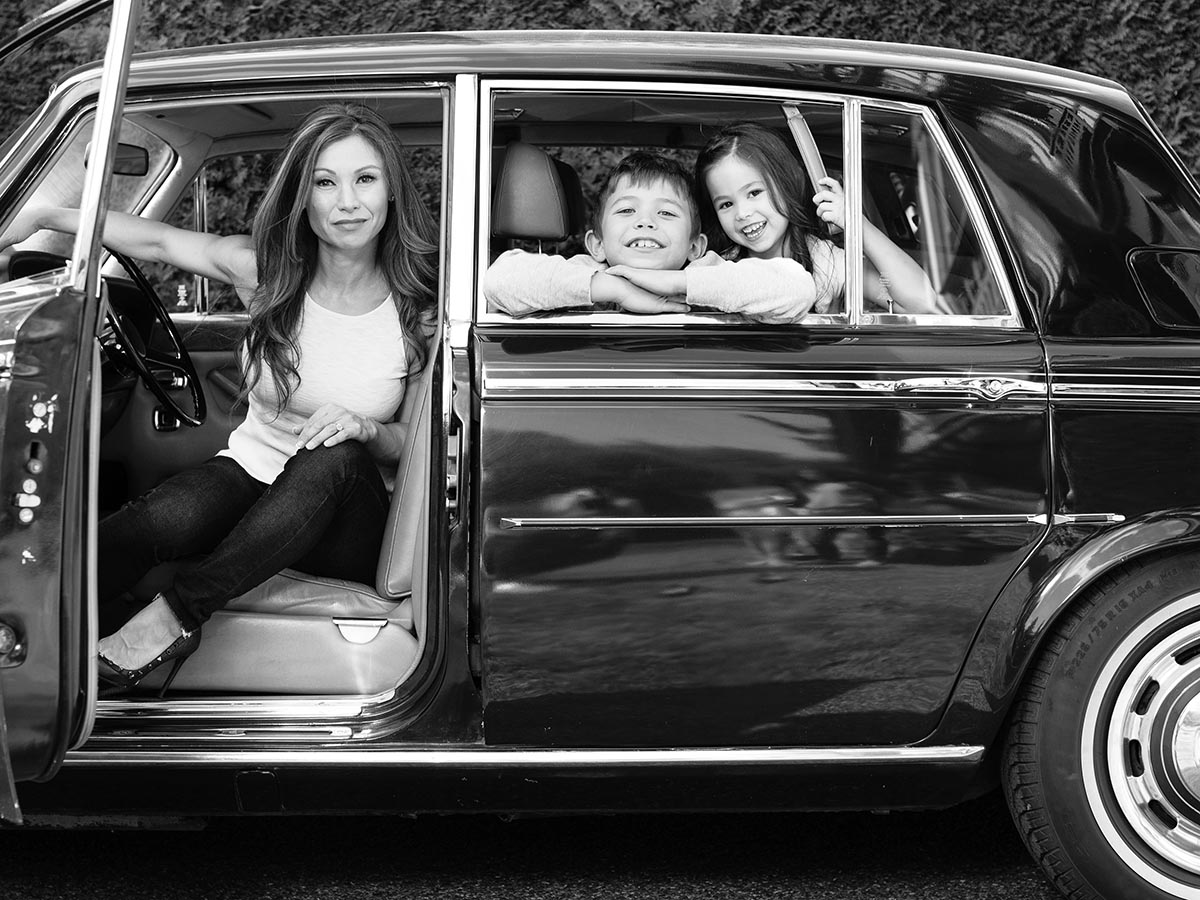A Perfectly Custom Process
Kathryn Langsford makes it easy for clients to invest.
• August 2022 issue
Kathryn Langsford didn’t start out as one of the most sought-after family portrait photographers in Vancouver, British Columbia, or even on a path that seemed particularly oriented toward that lofty destination. Rather, she began her career in 1999 as a young woman who simply loved kids. While nannying for a family’s young children, she took photos of the kids that drew the attention of some of family’s neighbors and friends. They asked if she’d photograph their kids, and then, well, you know how this story goes.
Or do you? What separates Langsford from so many other new photographers was the way she embraced the process of creating a process. We’ve heard the stories of photographers who meticulously plan out every stage of their business, carefully avoiding missteps, and cautiously easing their fledgling studios onward in modest increments. Langsford, by contrast, wanted to dive in, grow, and learn. She wasn’t reckless or impulsive, but she wasn’t afraid to make mistakes. In fact, making mistakes became a central part of the learning that helped her build one of Western Canada’s premier studios.


ATTRACTING
One of Langsford’s first realizations was that if she was going to make a living in portrait photography, she needed to attract people with the disposable income to pay for high-quality images. That meant appealing to higher-end consumers, a market that was fundamentally unfamiliar to Langsford at the time. “I didn’t come from money, so I tried to determine what high-end looks like,” she recalls. “What attracts people who will spend money on the things they love? Where do they shop? What do they like? What appeals to them?”
Langsford educated herself on how to interact with sophisticated consumers. She visited upscale boutiques to understand what her desired client groups surrounded themselves with. She went to the places they shopped. She studied the fashion and decor that appealed to them.
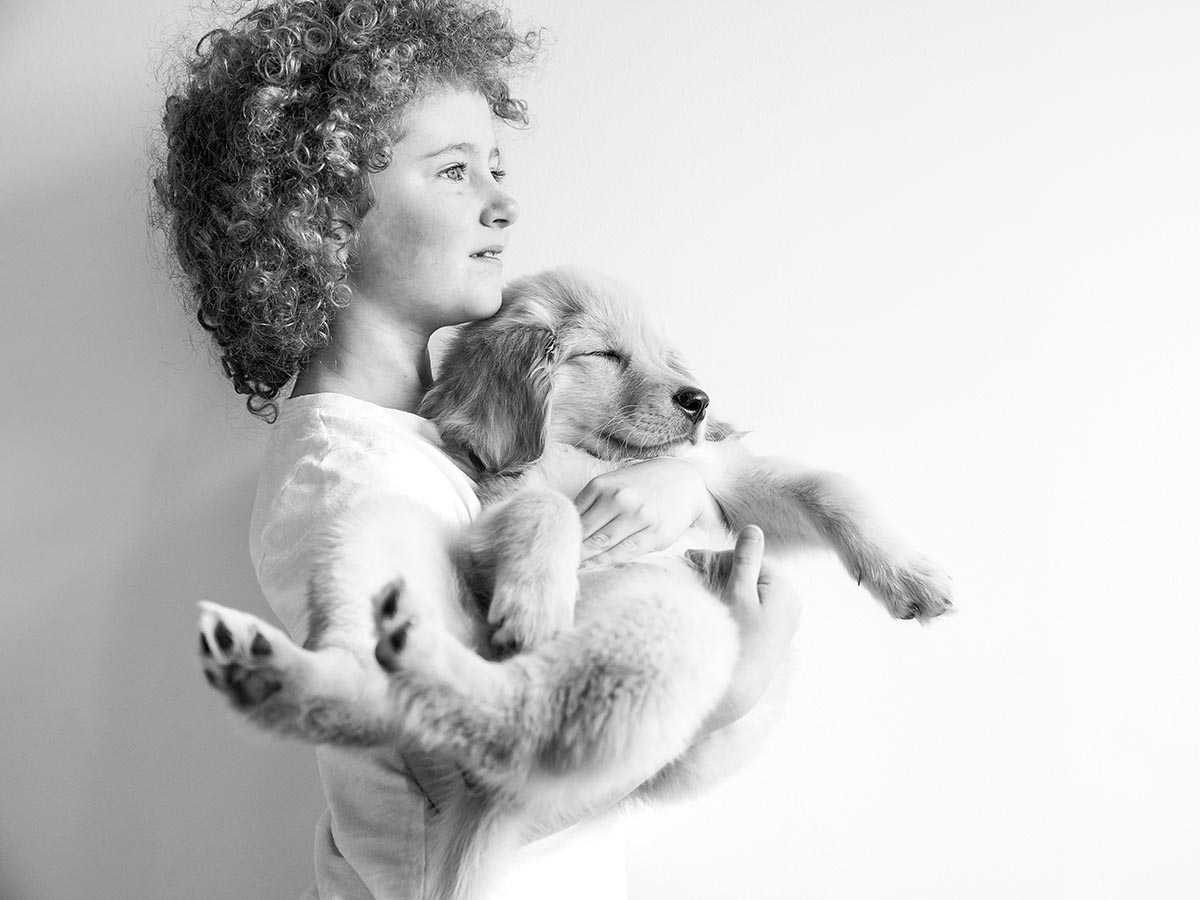
Once she had a sense of her ideal clients’ tastes, she began creating strategic partnerships to reach them. She liaised with other vendors and built relationships in related industries. For example, one of her early alliances was with an upscale baby and maternity consignment store. Through that association, she attracted a few people who fit her customer profile, and she started to get a few calls.
When Langsford did a session with a new client, she put a lot of effort into encouraging those clients to spread the word. She tried a referral program without much success. She shifted to giving clients things she knew they’d want to show their friends—little accordion albums, notepads with their photos on the cover, and other small keepsakes that were easy to share and show off. Through these efforts, word spread, and Langsford started picking up more clients.

SUSTAINING
As she built her business and boosted her reputation, Langsford took care to establish a superlative client experience. She developed a relationship in which she became her clients’ trusted advisor on portrait art, then provided everything they could need, from artistic consultation to final installation.
Creating this smooth, full-service experience didn’t happen overnight or without a few miscalculations. But rather than letting mistakes derail her development, she embraced them as learning experiences. She listened to client feedback. She took notes on what clients loved about her service and what they didn’t. She paid attention to anything people described as frustrating. Then she made changes accordingly.
“I was trying to build a service that answered questions my clients didn’t know they had,” she says. “I was learning how to address those little pain points people mentioned and make my service experience better. And, to be honest, I was making tons of mistakes and learning from them. Some of those mistakes were costly, but I resolved to learn from everything and improve.”
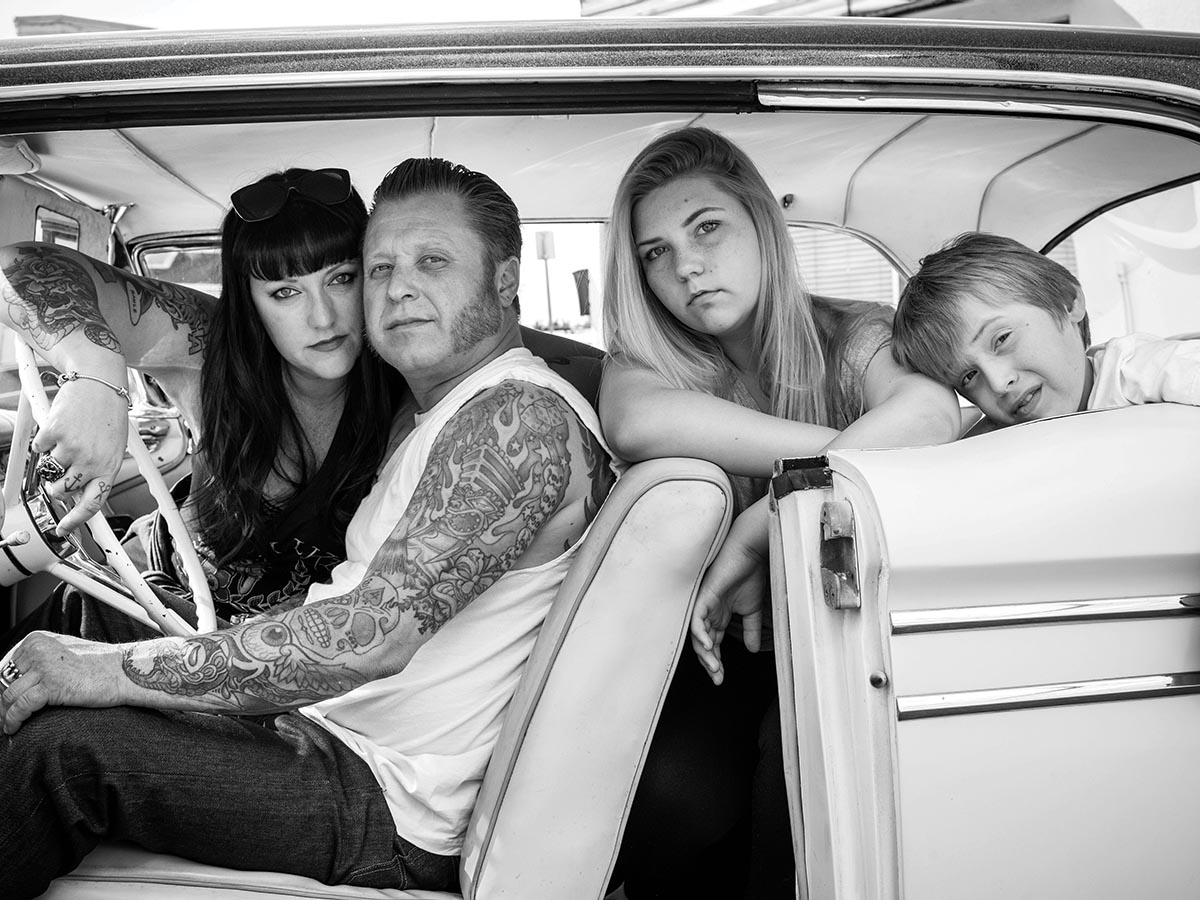
PROCESSING
Langsford’s service-oriented portrait experience relies on open communication and clear delineation of expectations for both photographer and client. After a new client makes an initial inquiry, Langsford conducts a discovery call during which she learns about the client’s motivation for getting portraits. Then she explains her process, which begins with the end product in mind. She talks about the investment to make sure everyone is on the same page.
Next, Langsford schedules an in-person consultation. If it’s a two-parent household, she wants both partners at this meeting because the conversation involves home decor and money. She has them bring pictures of their walls and explain their vision for the portraits. She sets their minds at ease about the session day, assuring them it’s OK if things aren’t perfect or the kids are acting crazy. She talks about clothing and details, and then she discusses the fine art purchase in more concrete terms. She prints out quotes, shows her clients the bottom line, and makes sure everyone is comfortable with the investment.
“At this point, we’ve had all the hard conversations and ironed out all the details,” she says. “It’s not always easy having those conversations up front, but it takes a lot of the anxiety out of the air. The goal is to get people to a place where they aren’t anxious, so they are more authentic.”
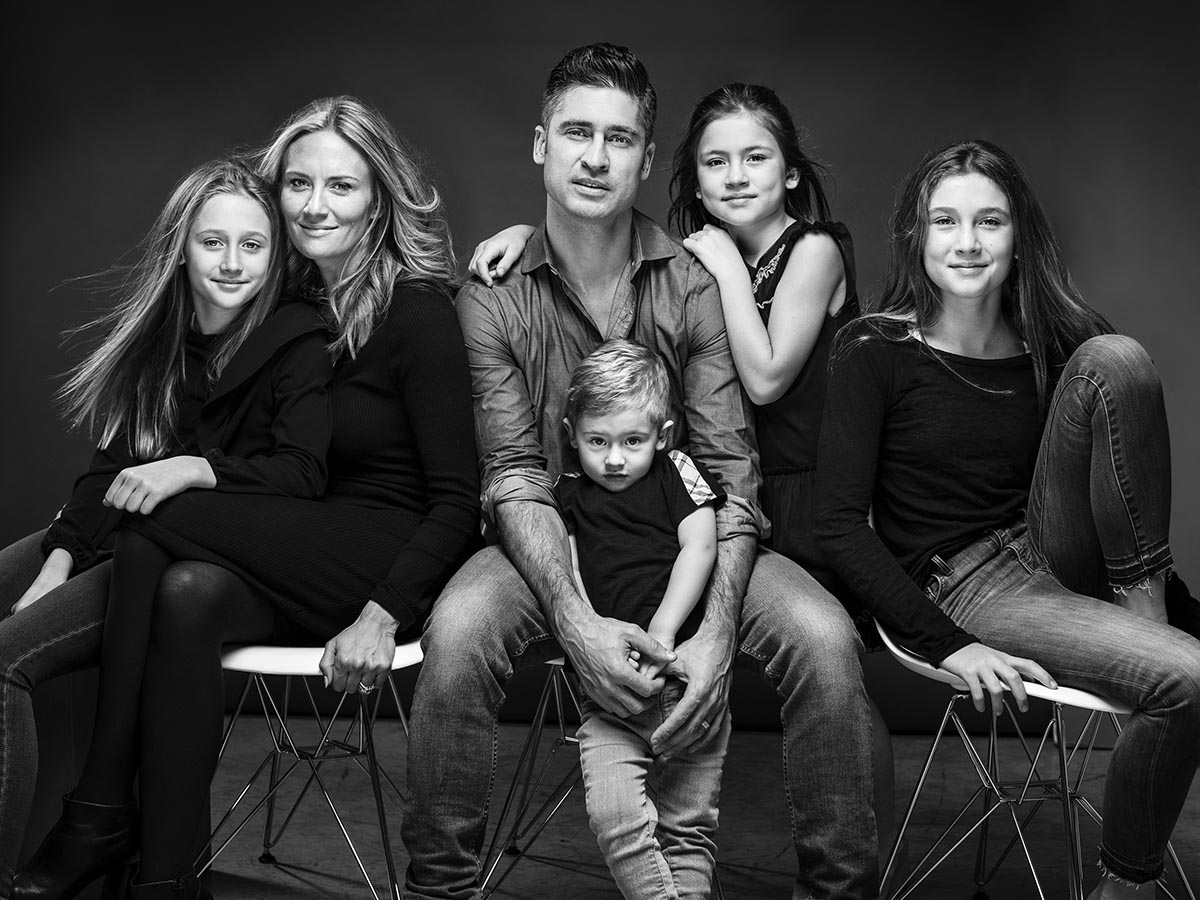
And that’s when the magic can happen. There’s nothing left but to make art. Langsford’s style is driven by authenticity, and that authenticity happens when people are comfortable and feel they’re in a situation where their concerns have been addressed.
When clients come back for the ordering session, everyone is aligned. In most cases, they’ve paid a deposit and made the final decision, and the ordering session is just for tying a bow on everything. The clients know what they’re purchasing and where it’s going to hang in their home. “At that point, we’re just having a good time and high fiving each other about how well things turned out,” says Langsford.
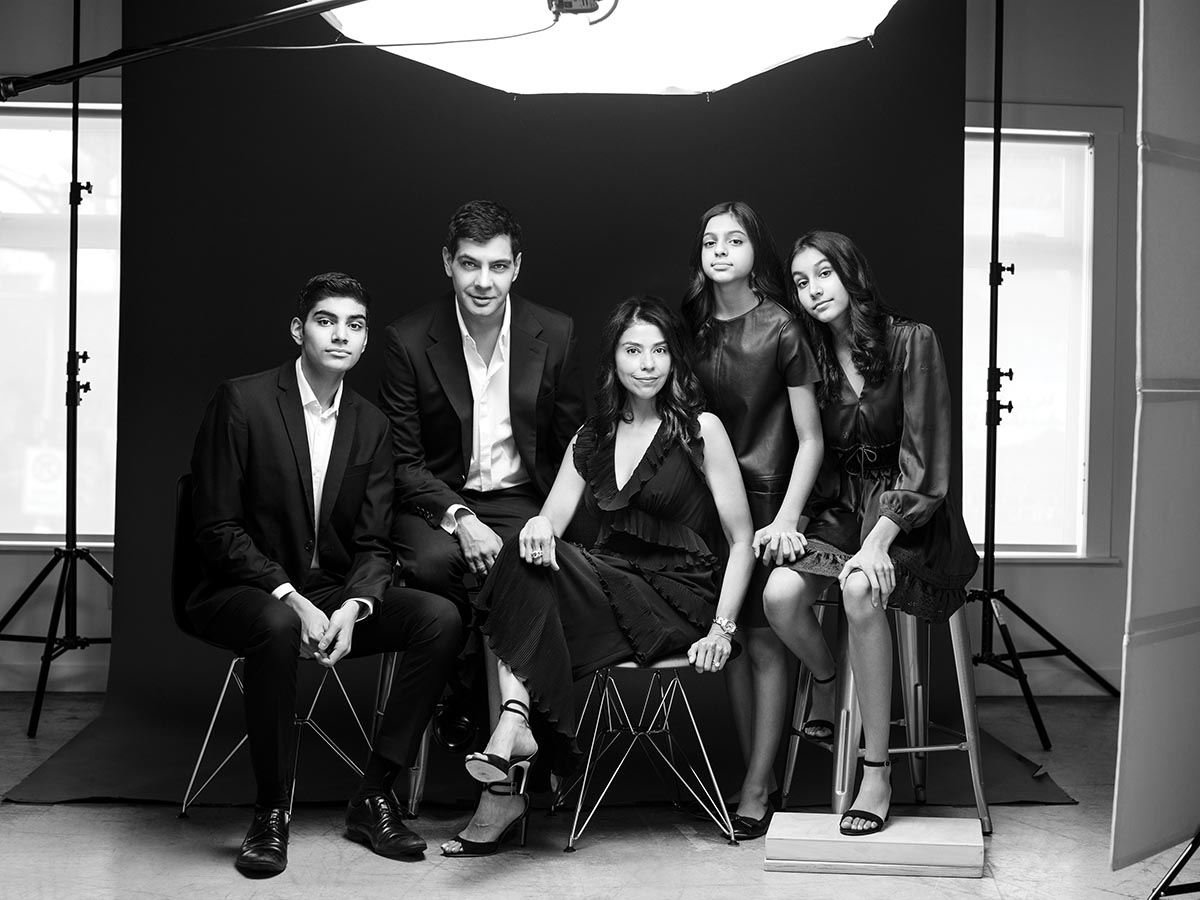
It wasn’t always like that. For years, before she learned the value of preemptively addressing difficult issues, Langsford’s ordering sessions were more speculative. She hoped clients would come in, be impressed by the photographs, and surprise her with a larger-than-anticipated purchase. Instead, clients were often confused and unsure about costs, which made them anxious and less likely to commit to a large purchase.
“When clients come to the view-and-order session with a purchase point that is different from what the photographer expects, that creates conflict,” says Langsford. “And that’s not really fair to the clients. This idea that I’m going to create this whole experience and all this great art but we’re not going to discuss money, that puts people in a difficult situation. People are either going to be OK with the investment or they’re not, but not talking about it isn’t going to make them OK with it.”
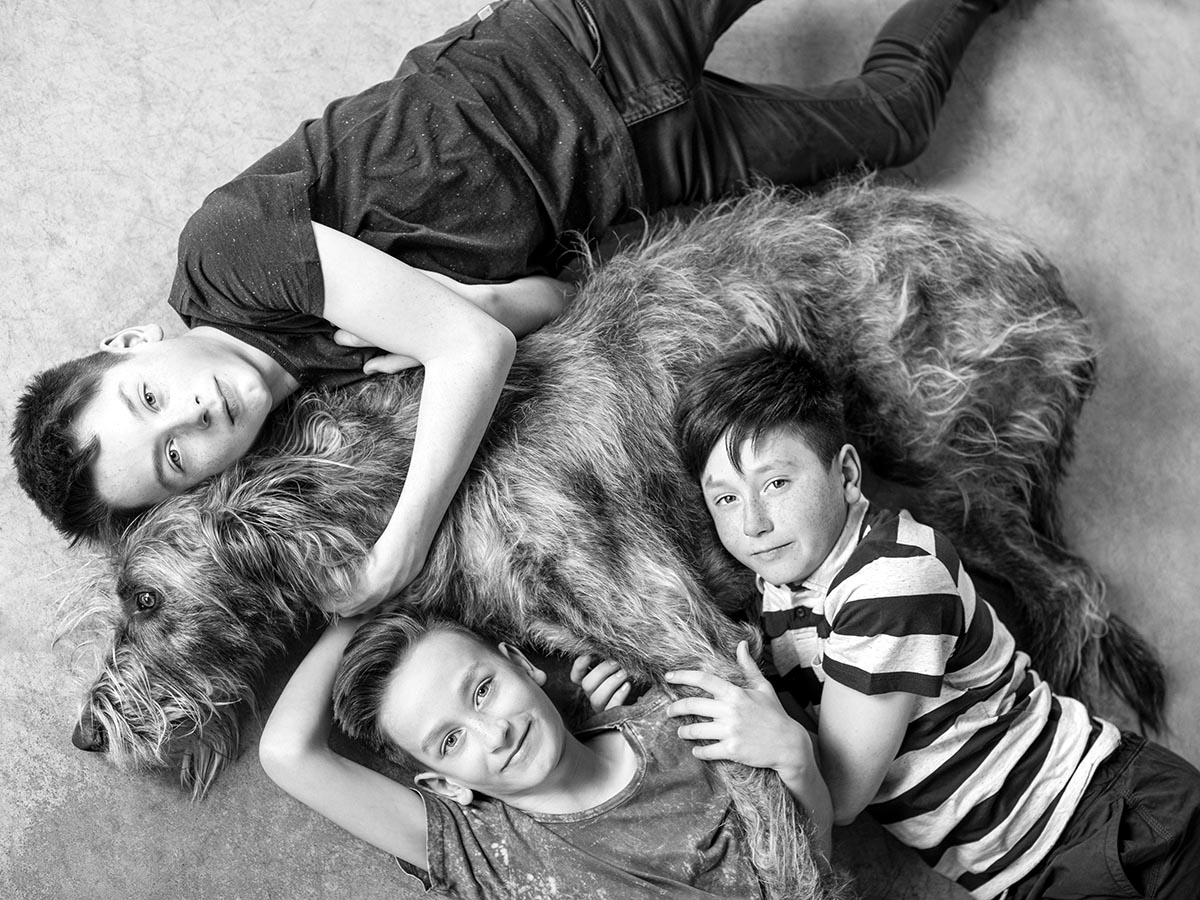
LEARNING (OVER AND OVER)
Looking back on the past 20-plus years, Langsford admits that she never discovered the perfect blueprint for success—because there isn’t one. Instead, it’s a continuous process of trying, failing, learning, and adjusting.
“As artists, we can get knocked down by our mistakes, thinking that it means something awful when we fail,” she says. “But all it means is that you’re trying things. My business was built on making mistakes. It did not come easy. It came from hard lessons.”
In fact, her current consultation process emerged from the ashes of so many burned-down sales. “Those lost sales came from me not educating my clients,” says Langsford. “They didn’t know what we were doing or what to expect, and that destroyed the process. They needed a guide. They needed a service that helped them understand what they wanted and then provided it.”
It sounds simple, but it’s much more profound in practice. Luxury professional photography isn’t a service where people just show up and get some pictures. It means so much more. Make it easy and give them what they want, says Langsford.
“Remove the burden of having to figure everything out. That doesn’t mean you make their decisions for them. It means you build a framework to guide them and help them make the best decision. That’s what they’re ultimately looking for. And that’s service.”
Jeff Kent is editor-at-large.

